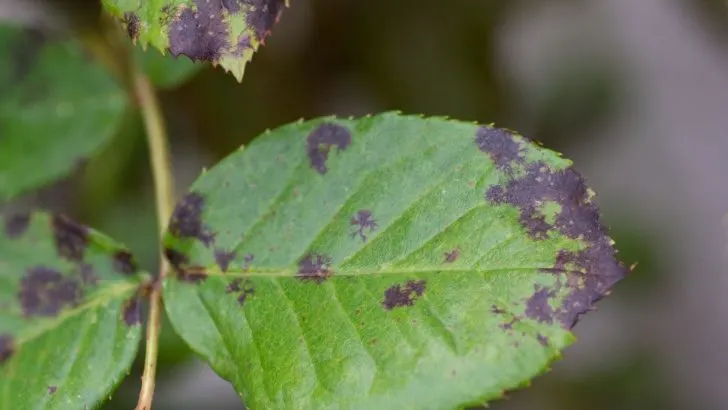Black leaves are the last thing we want to see in our plants. You may think it’s nice to see them when the leaves are naturally like that.
Well, in nature, there are no natural plants with black leaves. There are (other plants) darker versions of the leaves such as dark red leaves plant and purple leaves.
However, if you don’t pay attention to your plant regularly, your unique tropical plants might get this problem. Once that plant’s leaves become black, the problem is definitely on a higher level and you may not be able to save it.
Healthy growth doesn’t include black leaves. If you notice a leaf spot, it may lead to a bigger issue such as this one. But what else could cause blackened leaves?
If you’re ready, I suggest we move below in order to find out everything about the black leaves.
Why Are The Leaves Turning Black On My Plant?
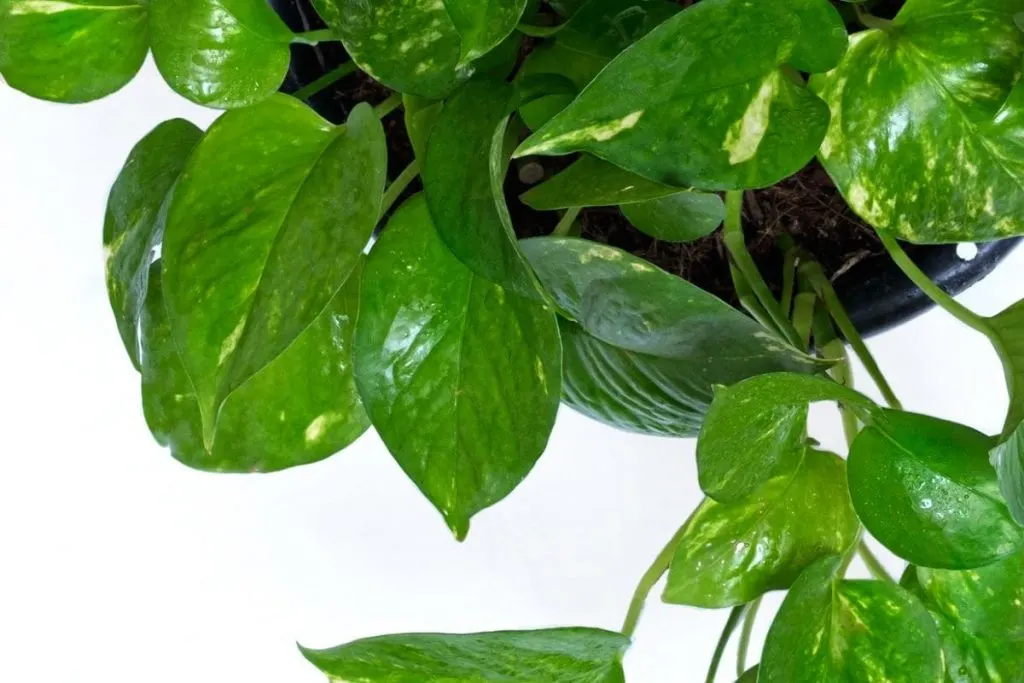
There are many triggers for this issue in nature and in your home environment. By using too much fertilizer you’re causing fertilizer burn.
By using too much water, you’re causing excess water issues. But what else is a trigger for this issue? Today, we are offering you a reliable source of information about the black leaves problem.
Once we’re done, you’ll be able to prevent this horrible issue from happening, and of course, cure it if it’s in its early stage at the moment. Let’s check it out.
7 Potential Reasons Why Your Plant Has Black Leaves
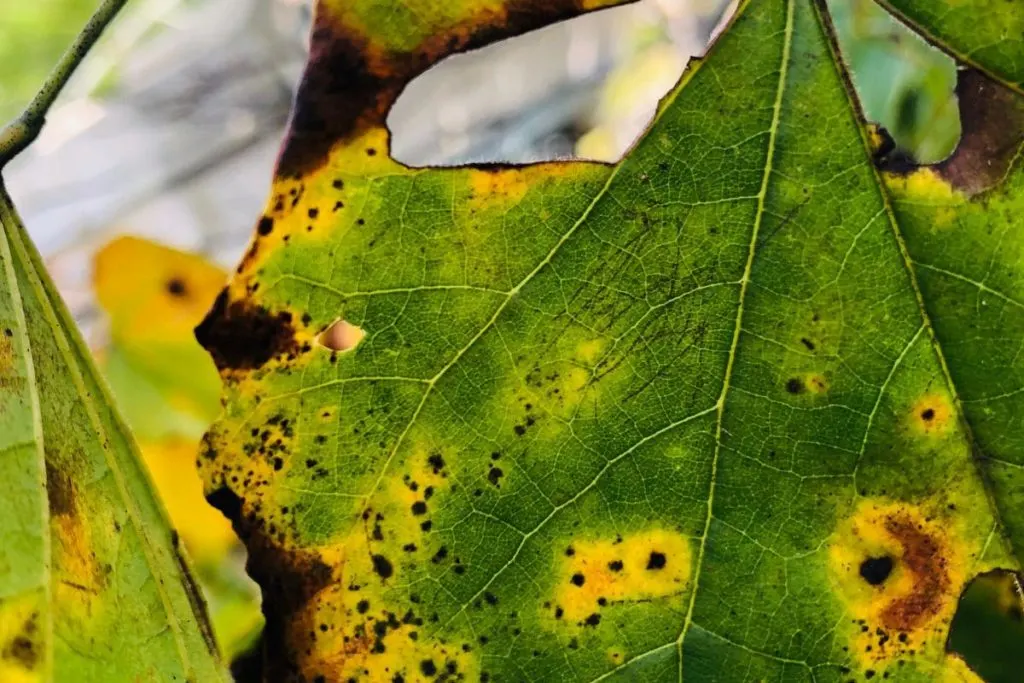
Once those leaves turn black, they will eventually fall off which means your plants will die. Bad watering schedule, sudden rises or drops in the temperature, diseases, yellow leaves that are a sign of incoming black leaves, and so on.
There will be many factors in your home and garden that might cause this problem. It is on your to take care of your plant so it doesn’t get a disease or something else that could cause black leaves.
How to spot them? How to prevent them? What else is causing them?
We will discuss all of that in detail below.
1. Fertilizer Burn/Over Fertilizing
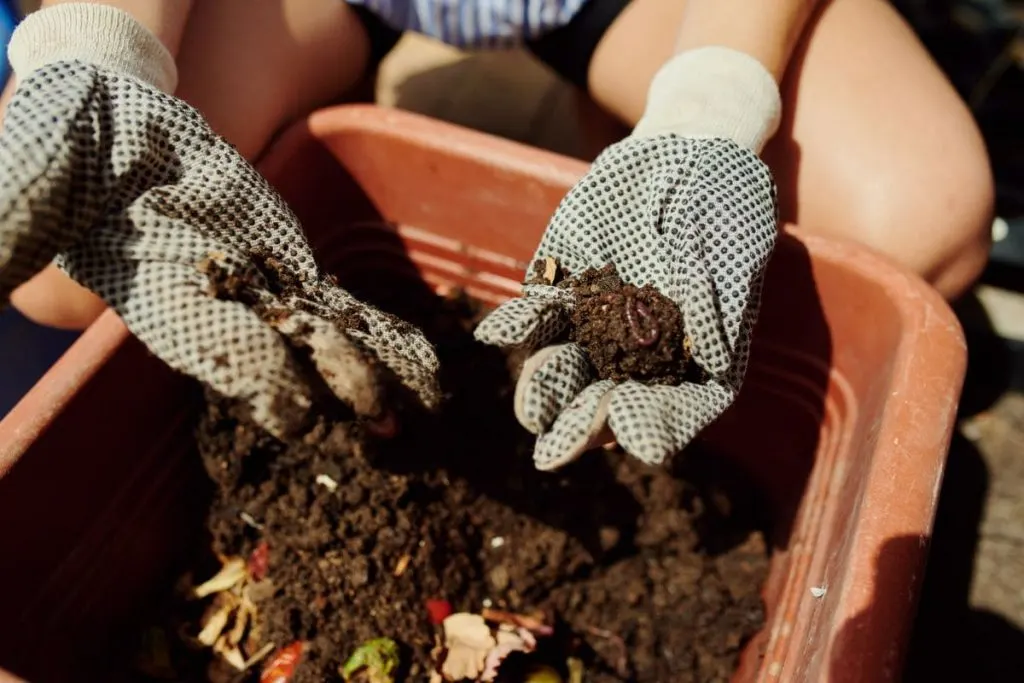
This problem is more usual with the landscape plant than with house plants. When you have landscape plants, you sort of lose control of how much fertilizer and water you actually apply.
In a pot, it is much easier to measure and control that amount. Springtime usually means one thing for plants: fertilizing.
In order to protect our plants from dying and to encourage them for blooming, we fertilize our plants.
But what we forget is that even fertilizers can cause an issue for our plants. Liquid fertilizers especially will stand in the pot for more time than they should and they will cause fertilizer burn.
Instead, they spread, and they stand in your pot, especially if you watered your plants before. If you notice that immediately after you fertilize your plant, we advise you to take the excess fertilizer out. Your plant will rest after that and it will absorb the amount that stayed in the pot.
However, if you see some obvious signs such as brown leaves, and a droopy appearance and you don’t react, well, you did it wrong.
After that, it won’t be easy to fix that problem. That is your first step in killing your plant. However, do not devastate. You have one move left to make.
In order to get rid of the excess fertilizer you can also flush your plant. But how to flush plants without overwatering them?
You will risk a bit here, but when you read the manual for flushing the plants without overwatering them, it will become pretty clear how to do it properly. Goodbye excesses fertilizer, and goodbye root rot.
2. Bacterial Infections
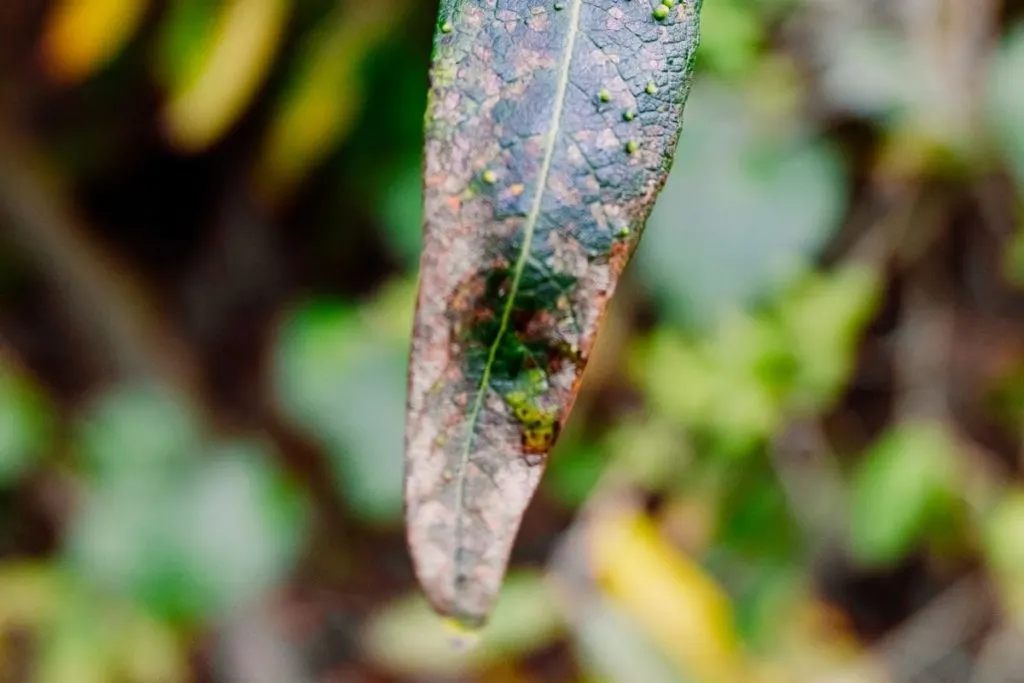
We certainly know by now that bacteria are formed in conditions that are unfavorable for plants but favorable for bacteria. What are those conditions?
High air humidity, too much water in the pot, too little water in the pot, poor soil health in the pot, and of course too much fertilizer. All this creates ideal conditions for bacteria to come and win.
What do bacteria do on a plant? Once successfully potted, they will usually start from the roots of your plant.
In the root of the plant, the bacteria will colonize and soon you will have hundreds, and after a while thousands of microorganisms harmful to your plant in its roots.
First, you will notice the slow growth of your plant, then yellow tips, then yellow leaves. If you do not remove the yellow leaves immediately and transplant your plant instantly, there is no salvation for your plant.
After the yellow leaves, the plant will evolve into black leaves, and then it is finished. Therefore, pay attention to watering, the amount of fertilizer, and the air humidity in your home.
3. Environmental Factors
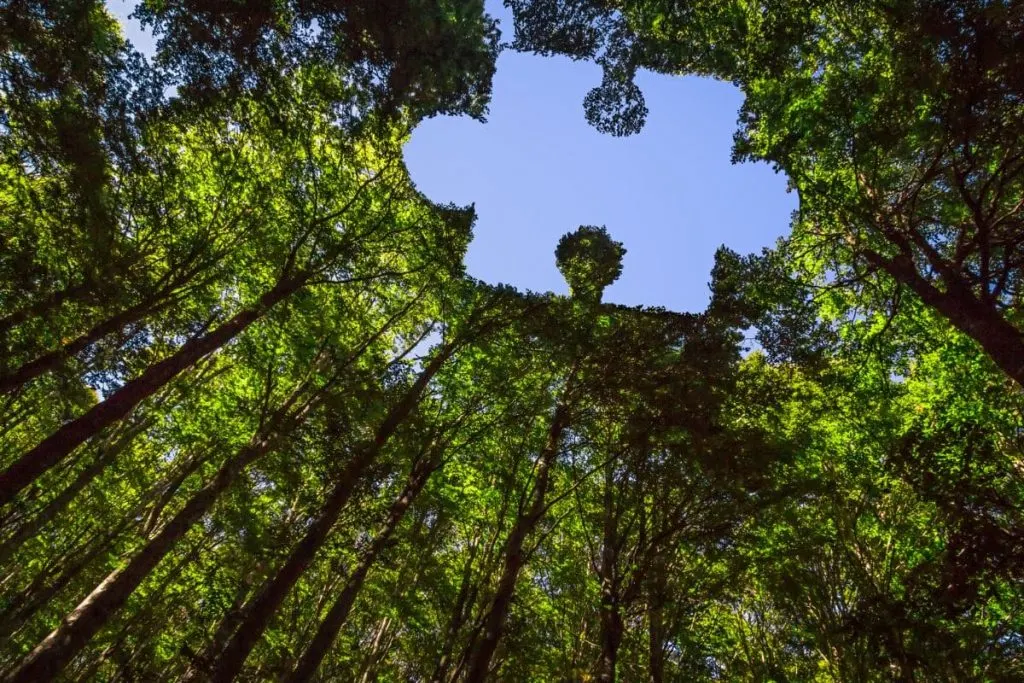
The biggest causes of this problem are the environment in which your plant grows. This includes temperature, air humidity, the soil in which the plant is planted, excess water in your soil, and of course the plant’s exposure to the sun.
If you do not pay attention to all these factors individually, it is very possible that the problem of black leaves will arise. But what should you pay attention to in order to avoid it? Let’s find out more about it below.
Direct Sunlight
The sun is the most useful thing for a plant, but at the same time, it can be a destructive thing for plants.
It all depends on how much you control the amount of sun your plant receives. Do you pay attention to how many hours your plant is exposed to direct sunlight?
If you are not, it is very logical that your plant will have a problem. It will start with yellow tips, then yellow leaves, then eventually darker, all the way to black leaves if you have allowed the problem to evolve and progress long enough.
It will certainly take several weeks, and even up to 2 months, for the plant’s leaves to turn black. Find a good position for your plant and you will avoid this problem.
Hot Weather/Temperature
Excessively high temperatures, much more than cold ones, can cause black leaves. A change in temperature can also lead to this, but a sudden change in temperature.
If, for example, you bring a plant from outside where it is 50-55 F into a room with a temperature of 70, 75 F.
Such a plant will soon turn black. Pay attention to the temperature of the rooms where you keep the plant. If you can’t control it that much, then leave it in a room with a constant temperature.
Humidity
Humidity is very important for tropical plants, especially those that grow indoors. If you provide them with adequate humidity, you will witness their extraordinary appearance. But if you schedule it and this humidity becomes too low or too low, your plant will get black leaves.
Once you know what humidity the plants need, make sure you provide it to the plant. If she needs high humidity, buy a humidifier, if she needs low, then remove it if your home already has one.
Standing Water/Excess water
It is also known that an excess, i.e. lack of water, will affect the leaves of your plant. Less water leads to drying, and too much water leads to the rotting of the roots, and later of the whole plant. In any case, you have to be careful with the water and you have to be careful how you water your plant.
Otherwise, this incurable problem will appear, and that is certainly not good. Follow your plant’s watering schedule more closely. Write it down on a piece of paper or in a notebook to stay consistent.
Plant’s soil
Unsuitable soil for your plant will lead to problems with the plant. This means that your plant’s soil is too acidic or non-acidic.
Not every plant can tolerate soil with a pH value of 8 or 8.5. Likewise, some plants cannot grow in soil with a pH value of 4-5 or 5. You must pay attention to the purchase of soil for your plants, so always check with the florists.
4. Rotten Roots

This is in addition to the excess water we talked about above. When there is no place for water in your flower pot and when you do not make drainage holes, the problem arises. Excess water will remain in the pot for too long, and the roots will not be able to absorb all that water.
Then the problem of rotten roots appears. Your plant will slowly die. Often the plants are bent over in the pot because the roots are no longer firmly embedded in the soil. That will be the first sign. If you don’t prune it at the first signs of this, your plant will die.
5. Lack Of Nutrients
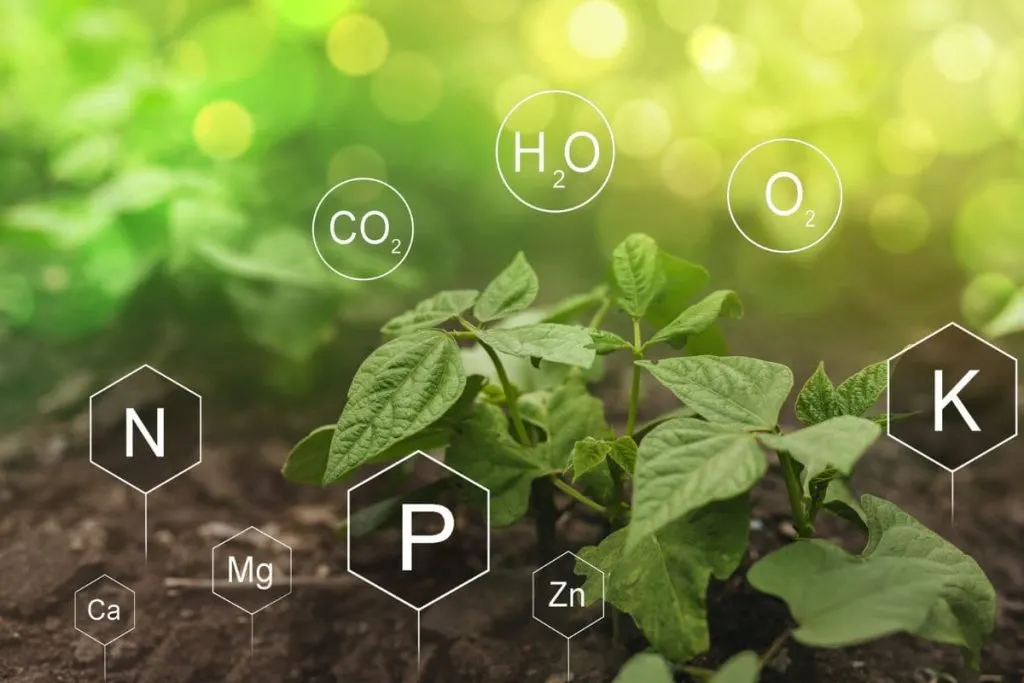
Just as an excess of fertilizer can be fatal, a lack of fertilizer can lead to the rapid death of a plant.
When buying a plant, ask how many times a year it should be fertilized, when and in what size.
That way you won’t blow the thing and your plant won’t get black unwanted leaves. Some fertilizers can have fewer nutrients than what your plant needs, so that can also create a problem.
6. Cuttings
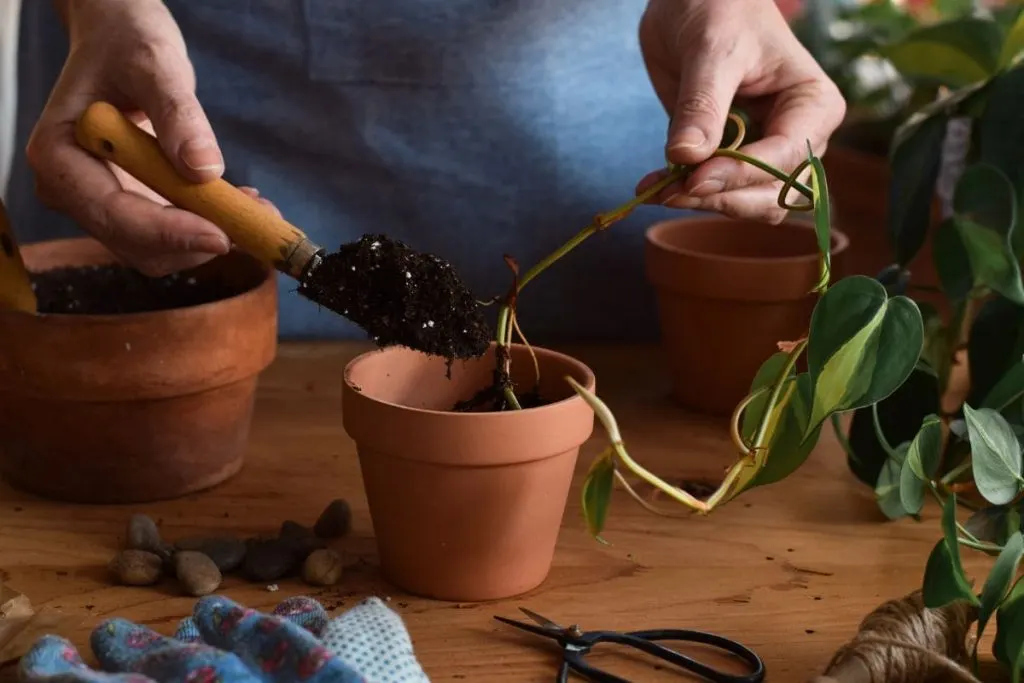
If you have propagated your plant with unhealthy cuttings, it is very possible that the plant will get black leaves.
In addition to the difficulties with soil change and new planting, if you add an unhealthy cutting to that.
Your plant will definitely not stand a chance. Always check the condition of the cuttings before taking them for transplanting and propagation.
7. Pests Alert
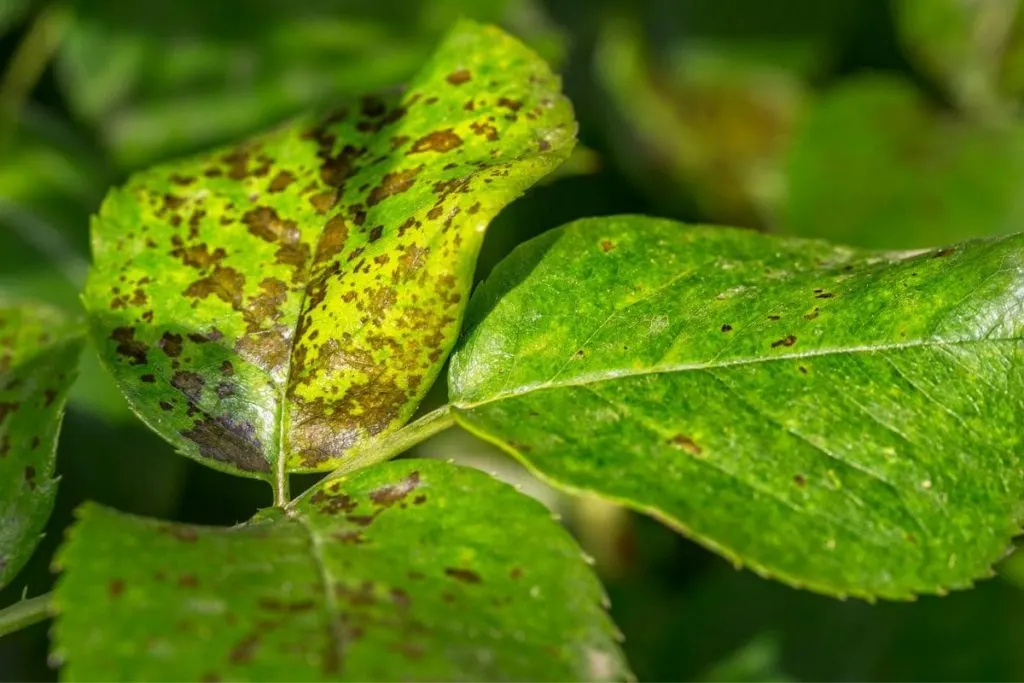
Spider mites and aphids are the pests that may cause your plant to turn black. So, how to get rid of spider mites during flowering?
Buy pest control products at an agricultural pharmacy, spray your plant with these products, and hope for the best.
But these preparations always work and you don’t have to be pessimistic. They will save your plant very quickly and efficiently.
Do Black Leaves Lead To Eventual Death?
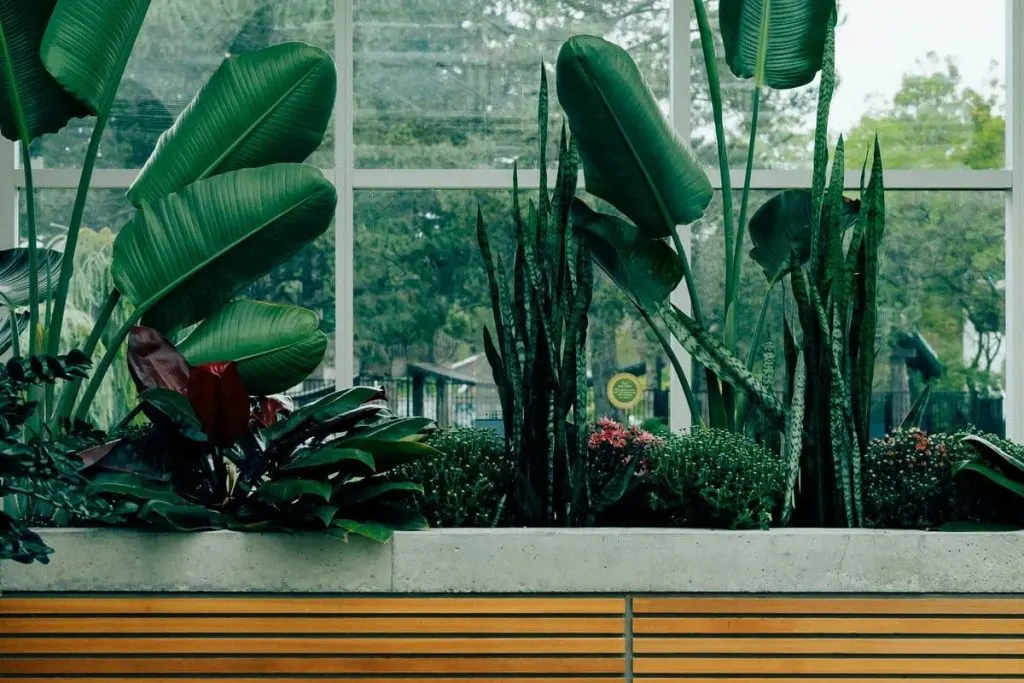
Black leaves on plants are more or less dead leaves. If there are black leaves, your plant is doomed. The leaf has lost its pigment, and nutrients, and such a leaf cannot be regenerated.
A black leaf is a leaf that will fall off the stem it is attached to at a light touch. When this problem occurs, the end of your plant is soon approaching if the entire plant is affected by this problem.
What Plants Have Black Leaves?
Those plants are purple shamrocks, tradescantias, and Persian shields. These plants are great houseplants that are not so high-maintenance either.
Wrapping It Up
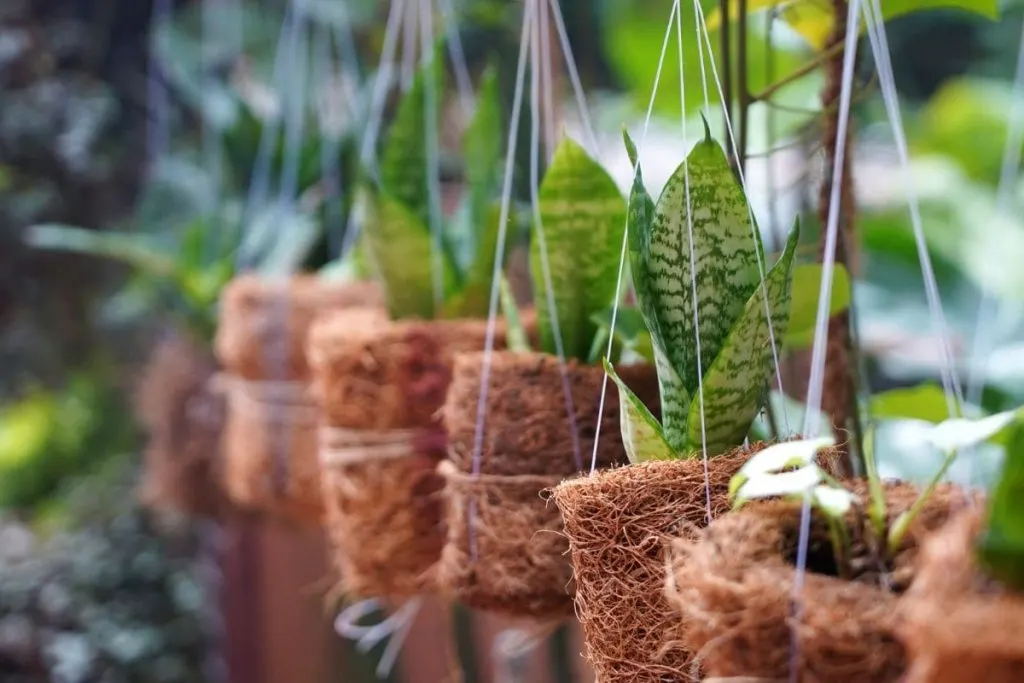
What do you think of a black leaves issue now? After reading this article, I’m sure there’s hope in you.
Not every yellow leaf and brown leaf has to lead to black leaves and eventual death. If you know how to prevent it or stop it of course. But you do now!
Gardening isn’t easy. No matter where you grow your plants: in or out, they will face issues eventually. No matter how experienced your green thumbs our, you’ll face these issues once. at least.
When it happens, it doesn’t mean you’re a bad gardener. It takes a lot of time and a lot of ignoring to kill a plant.
It takes weeks and months for problems to spread and colonize. But thanks to this article today, you’ve learned how to stop them, prevent them and save your plant.
That would be all for today, thanks for choosing our site as your information source. See ypu tomorrow with more similar topics!

